Searching in LatAm: A step-by-step guide
What will I do in week 1? What will my search process look like? What type of tools willI need? What benchmarks can I use?
I write this blog post to, as much as possible, limit the angst produced by the many uncertainties associated with searching. The best way to do so is by painting a vivid picture of what searching is like in Mexico (most aspects should apply to LatAm as a whole). I’ll refer to key decisions relative to structuring and fundraising, as well as detailed descriptions of search processes.
Structuring
I decided to launch a solo, funded search. Partnering is a very personal decision-and I think that the marriage analogy is a very accurate one (you will spend a lot more time with your partner than with your spouse). I eventually found out that for me personally, a partner was more a means to have emotional support than a means to complement my skills. Emotional support is still necessary, so I focused on building it in ways I found less risky and less expensive via mentors, investors and interns. Indeed, there are pros and cons of either route and your decision should be based on your personality and the relationship that you have with your prospective partner.
Why funded?
Two reasons pertinent to Mexico: 1) credibility among sellers, credit institutions and IBs and 2) inefficiency of capital markets.
Credibility is paramount. Sellers are skeptical and unwilling to share sensitive financial information. You must therefore strive to portray seriousness and professionalism, and a respectable group of investors is the best way to do so (especially if you can include well-known local ones). A decent office, a virtual secretary (which will also serve as a buffer for receiving calls) and a good-looking webpage should follow.
It is also advantageous to secure capital before finding a target because raising debt or equity in Mexico is painstakingly slow. Mexican investors are weary of the search fund model, are more risk averse and tend to seek controlling stakes in the companies in which they participate. It is, in my opinion, too risky trying to compress fundraising with due diligence processes. The seller will likely get anxious and seek alternatives. And the benefits are unclear as investors will likely be off-put by your desire to keep a larger portion of equity (as is standard on self-funded deals). Similarly, Mexican searchers cannot rely on leveraging the acquisition as debt markets are also slow (funds like Anteris and Altum expected the process to last 3+ months after financial DD). They are also expensive: ~18-20% interest rate if no collateral is included (if cash flows are sufficiently predictable, a trust fund, or “fideicomiso” can be set up to receive all future accounts receivables and thus provide the credit institution with a guarantee). At such interest rates, investor themselves may prefer to extend a mezzanine loan.
Fundraising
I had a tough time funding the search, though this is partly explained by my asking for more searcher-friendly terms and the fact that I avoided the typical US-based institutional investors. My hit rate for US investors (7/23 invested) was much higher than for MX investors (5/51). I also talked to a few investors in Europe, none of which invested (chiefly because of my terms).
When fundraising, you should try to obtain an optimal mix between local investors and foreign ones, and between high-net-worth individuals and institutional investors. Local investors know the market better and have a much more useful network you can leverage. However, they are more risk-averse, which means they are more likely to pass on the acquisition phase. I had a 45/55 split in favor of US investors at the search phase and ended with 21/79 split after the acquisition. US investors know the model well and have deeper pockets but may feel uncomfortable with mundane local issues (i.e. labor lawsuits). Institutional investors will dedicate more time to you (solicited or not) and will be naturally more patient with first-time CEOs.
In my experience, to gather a bit more bargaining power, it is best to first concentrate on building a local base of investors. With a few on board, US investors will be more willing to invest. Don’t hesitate to push prospective investors for “soft” commitments that you can then leverage to further grow your investor list-even though you may not be 100% certain they’ll invest.
Ideally, try to keep your unit size at or below US$40,000, as that is what most investors are used to. Below is a breakdown of my searching costs (all in MX$):
Recurring monthly
Office space: 20k (IZA Business Centers)
Interns: 24k (6k each)
Software & Office supplies: 2k
Travel: 10k
Accounting: 2k (Martínez Magallanes Consultores)
Medical Insurance for myself: 1.5k
One-time expenses
Legal incorporation: 70k
Fiscal & Financial DD: 750k
Legal DD, LOI & SPA drafting: 900k
US & Canada Attorneys at acquisition phase: 700k
Searching
During Week 1 you should focus on building the search process and not actually on searching. I started by choosing an adequate CRM and an email-sequencing tool capable of blasting prospect sellers with 3 or 4 timed emails until he/she replies. I first used Quickmail as my email-sequencing tool, but eventually moved the whole process to Hubspot, which also functions as a CRM (the downside with Hubspot is that you must manually create the “deals” after importing contacts and that each email is sent individually and not as a reply to previous emails). I paid a SalesPro subscription forUS$50 per month.
Next, you should focus on writing the email templates and your seller-call script. My emails were a bit aggressive with “Have you ever thought about a partial or total sale of your business?” as the first line. They mentioned the size of the business I was looking for, a personalized reason why the company stood out (i.e. “your company stood out because of its 10 years’ experience and quality customers such as X, Y and Z”), and requested a brief 20-min call.
It is also reasonable to reach out to boutique investment banks. In Mexico, there are about70 of these. In practice, however, they will not be a significant source of deals. Only a couple of Mexican search funds have closed on IB deals.
Additionally, on your first week, you should start looking for interns. I posted the job description in UVM, Ibero, Anahuac, ITAM (via ex alums on a Facebook page) and Tec. I initially reviewed +100 CVs to hire 3 interns (really recommend reading “Who” by GeoffSmart). I fired one of those after 4 weeks and asked another to hire 2 more interns to reach a total of 4. The ideal profile for an intern is one that has little to no prior work experience, is 1 or 2 years away from graduating and is smart, self-driven and competitive. You don’t want interns that are on their 3rd or 4th job with “relevant” prior experience because you want them to be impressionable. The learning experience for them is phenomenal but the day-to-day prospecting job can be monotonous and tedious.
3 of the 4 interns had a weekly quota to generate 40 solid leads (they rarely surpassed 40). We defined a lead as a CEO email that went through (did not bounce) from a company in one of the preapproved industries. Leads from employees other than CEOs (i.e.secretaries) also counted but until we received a response from them. They typically searched Google, LinkedIn and industry chambers for companies. They used tools likeVoila Norbert, Hunter, Troofr, Snovio and Rocket Reach to find CEO’s emails and they often called companies directly. A weekly performance report was circulated where I congratulated the “searcher of the week”. This enticed competition and benefitted performance.
The fourth intern lead the search process. He imported the companies and contacts to Hubspot, created the “deals”, set them in the correct pipeline stage, and made sure to trigger the appropriate email templates. He was responsible for advancing all deals that had not yet reached the “seller call” stage. Thus, he answered emails and scheduled seller calls (I gave him full access to my email account and calendar). His role was crucial as I would’ve otherwise spent 3-4 hours per day on these tasks. He would schedule an average of 4-5 calls per day (with a high of 10) on 30 min back-to-back time slots.
On average, I researched a company for 5 minutes prior to call. The higher the interns cored the lead the more time I dedicated time to reviewing it. Calls usually lasted 10-20 minutes and I sometimes mentioned they could expect a 4-6x multiple on normalized EBITDA (after accounting for personal expenses and fiscal strategies). A headset with aUSB jack is crucial and you can call sellers directly on Hubspot via VoIP.
This approach to searching prioritizes volume over quality. Given the lack of reliable information in Mexico, I believe it is an adequate search strategy (albeit, not the only one). Under such approach, we were initiating roughly 100 leads per week and got to 1600 within 5 months. Sellers are not used to being approached by potential acquirers, thus they often feel flattered and will be willing to speak to you. Response rates were 51% (in the US, they are probably in the low single digits). The seller calls themselves served as the main source of my own “industry analysis”.
Once at the “seller call” pipeline stage, it was entirely my responsibility to follow through with the deal. I pushed prospects to send me EBITDA numbers, and asked them about growth, revenue recurrence, customer concentration and sales to government. Once I had a rough idea about these, I was quick to make an offer. Still playing the numbers game, I was testing the seriousness of sellers. My IOIs looked almost exactly as ^Jim Sharpe suggests in this post (http://jimsteinsharpe.com/searching/making-the-offer/). Over the 5-month period I searched, I sent 15 IOIs.
Conclusion
The are many approaches to searching. This is one of the many. Regardless of which strategy you choose, you should break your processes and pivot every 6-10 months to span a greater number of companies.
About Bernardo Garza
Bernardo Garza Quiroga currently serves as CEO at Servnet. Servnet was acquired through Arroyo Capital, a Search Fund launched by Bernardo in 2017. Prior to founding Arroyo Capital, Bernardo worked as a venture capital investment professional for IGNIA Partners and as a management consultant for SINTEC. Bernardo holds an MBA degree from Harvard Business School and a BA in Finance from Boston University’s Questrom School of Business.
About Servnet
Servnet is a last mile B2B Internet and Telephone Service Provider (ISP/TSP). The company has a public telecommunications concession and owns and operates a network of fiber optic cable and microwave towers (that transmit Internet wirelessly) in Mexico City, Monterrey and Queretaro. Servnet also offers value added, data center and cloud services. The company aims to be a complete telecom service provider for mid-market Mexican companies. It appeals to its customer base due to its superior service levels and its one stop shop value proposition.
ALZA has been an active investor in Arroyo Capital and Servnet.




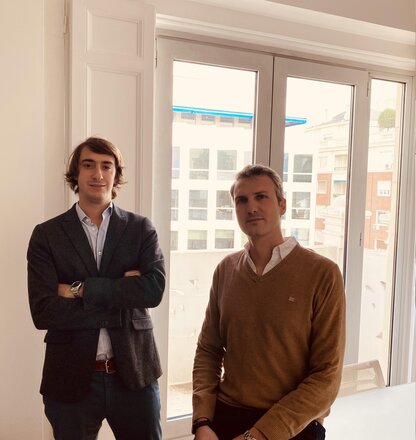
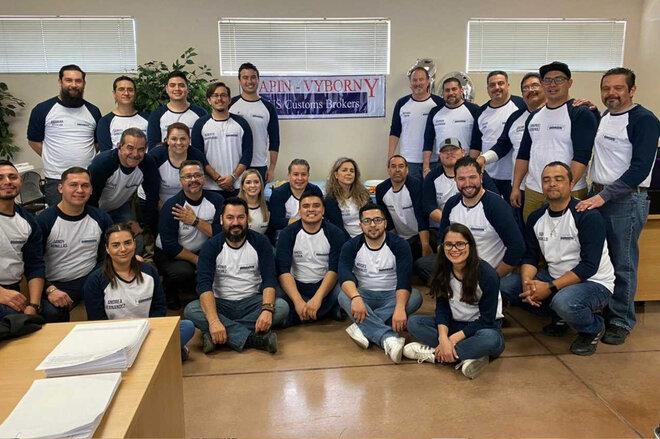

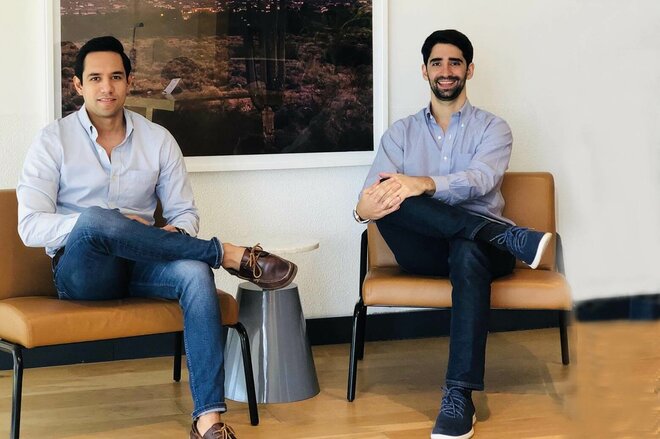.jpg)
.jpg)
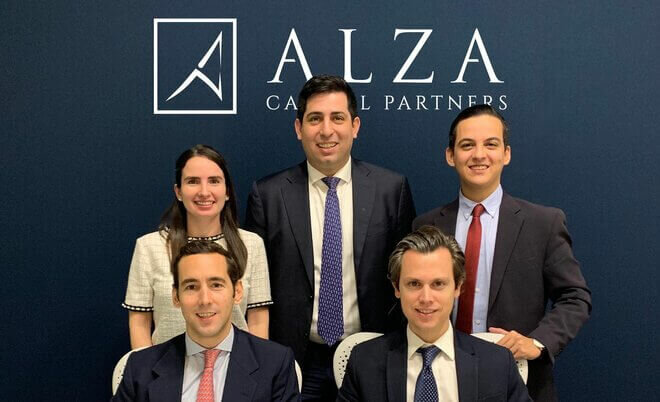.jpg)
.jpg)
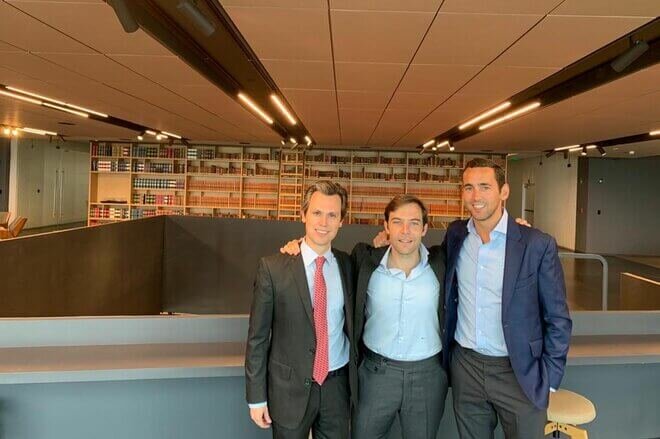.jpg)